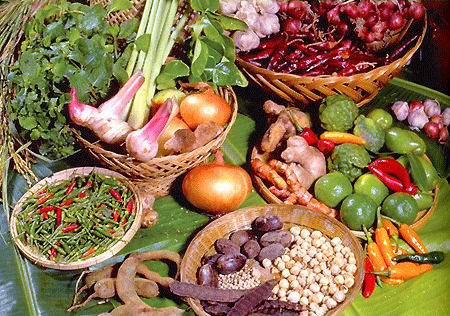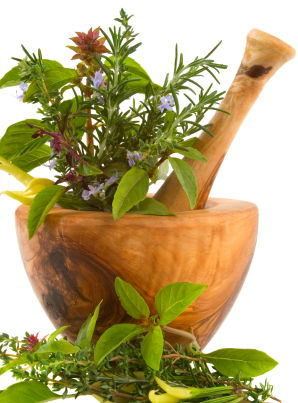About Herbal Healing
Herbal medicines

Take control of your family’s health care! Discover the TIME TESTED Natural Healing Remedies for a Healthier You!
Herbal medicines include herbs, herbal materials, herbal preparations and finished herbal products, that contain as active ingredients parts of plants, or other plant materials, or combinations.
-
Herbs: crude plant material such as leaves, flowers, fruit, seed, stems, wood, bark, roots, rhizomes or other plant parts, which may be entire, fragmented or powdered.
-
Herbal materials: in addition to herbs, fresh juices, fixed oils, essential oils, resins and dry powders of herbs. In some countries, these materials may be processed by various local procedures, such as steaming, roasting, or stir-baking with honey, alcoholic beverages or other materials.
-
Herbal preparations: the basis for finished herbal products and may include comminuted or powdered herbal materials, or extracts, tinctures and fatty oils of herbal materials. They are produced by extraction, fractionation, purification, concentration, or other physical or biological processes. They also include preparations made by steeping or heating herbal materials in alcoholic beverages and/or honey, or in other materials.
-
Finished herbal products: herbal preparations made from one or more herbs. If more than one herb is used, the term mixture herbal product can also be used. Finished herbal products and mixture herbal products may contain excipients in addition to the active ingredients. However, finished products or mixture products to which chemically defined active substances have been added, including synthetic compounds and/or isolated constituents from herbal materials, are not considered to be herbal.
Traditional use of herbal medicines
Herbal medicine is the oldest form of healthcare known to mankind. Herbs had been used by all cultures throughout history. It was an integral part of the development of modern civilization. Primitive man observed and appreciated the great diversity of plants available to him. The plants provided food, clothing, shelter, and medicine. Much of the medicinal use of plants seems to have been developed through observations of wild animals, and by trial and error. As time went on, each tribe added the medicinal power of herbs in their area to its knowledge base. They methodically collected information on herbs and developed well-defined herbal pharmacopoeias. The use of plants as medicine is older than recorded history. In 2735 B.C., the Chinese emperor Shen Nong wrote an authoritative treatise on herbs that is still in use today. The records of King Hammurabi of Babylon (c. 1800 B.C.) include instructions for using medicinal plants.







